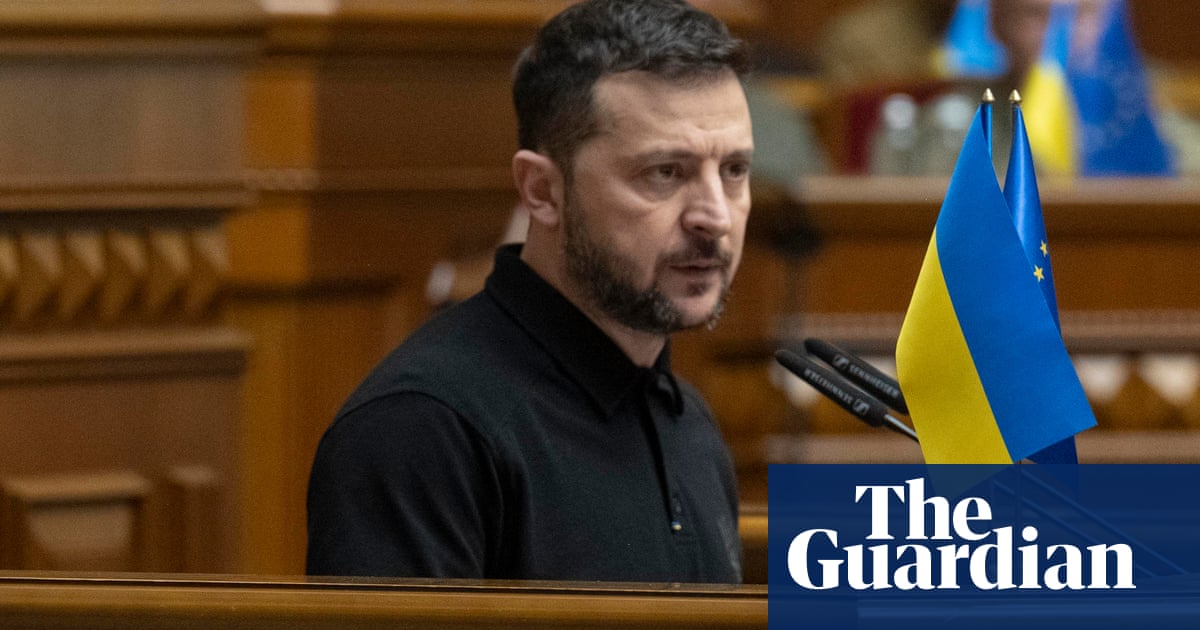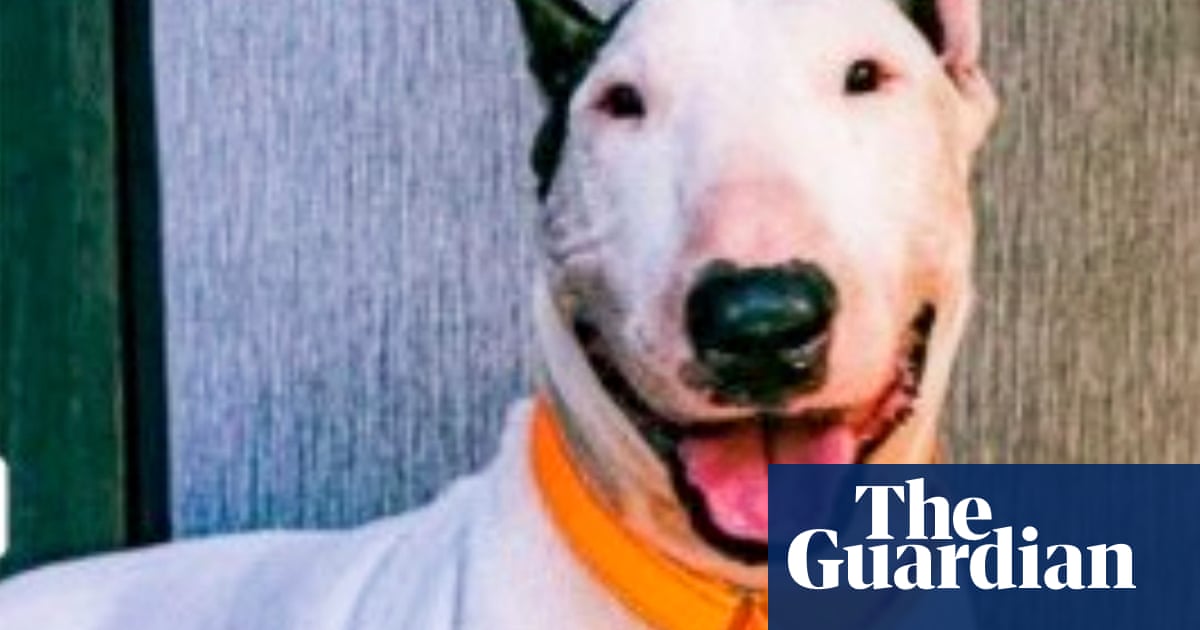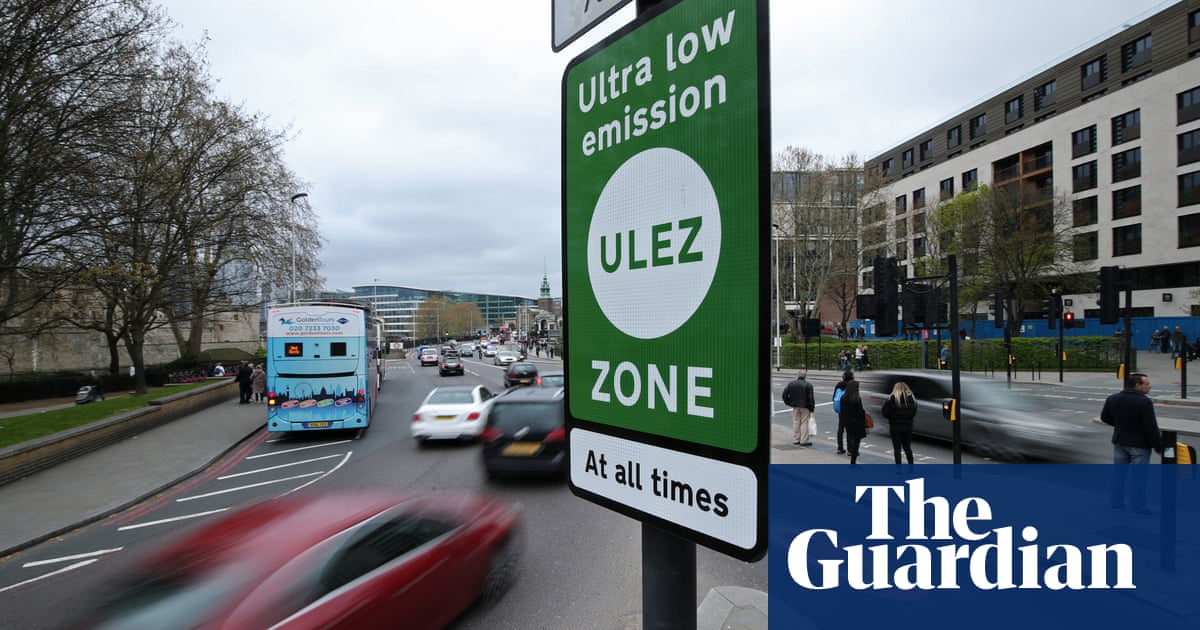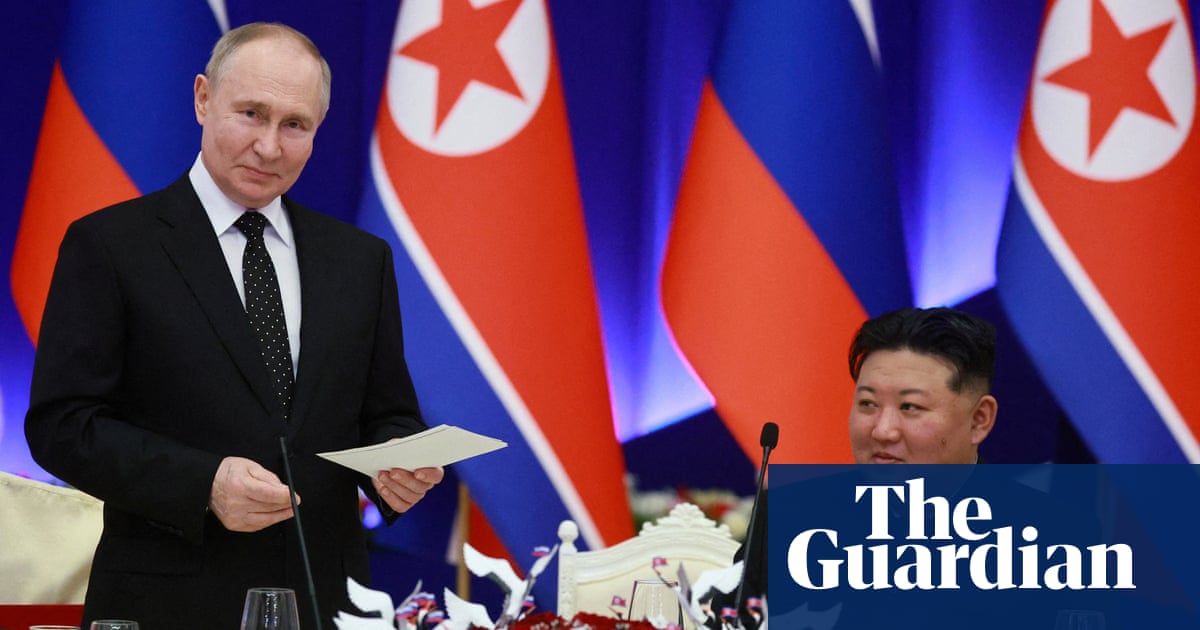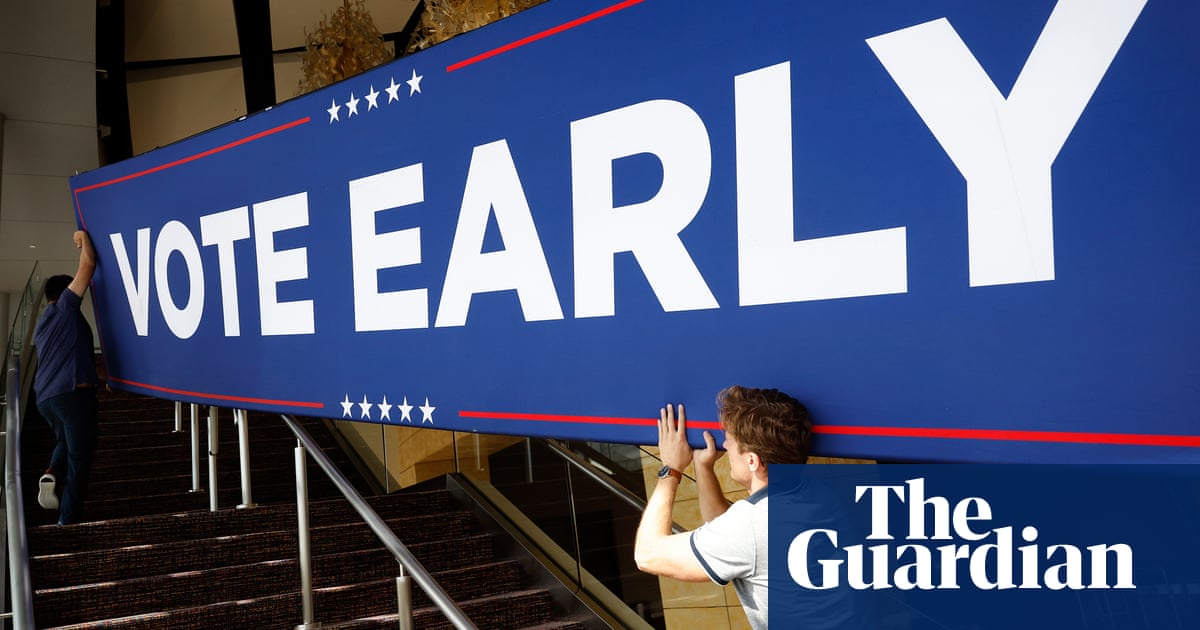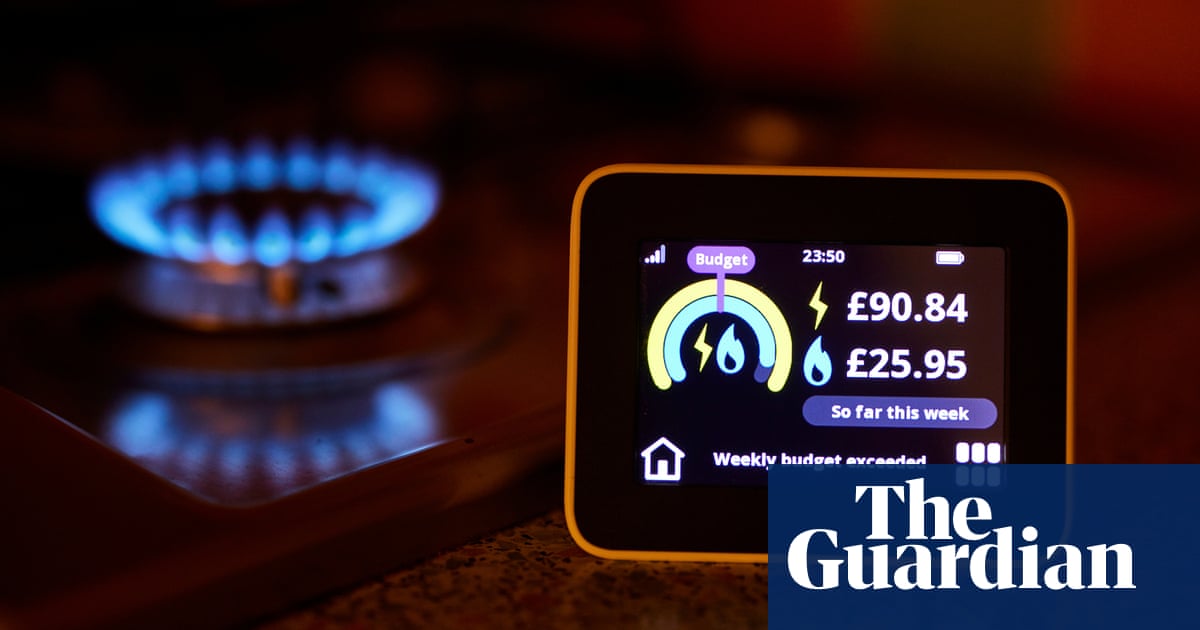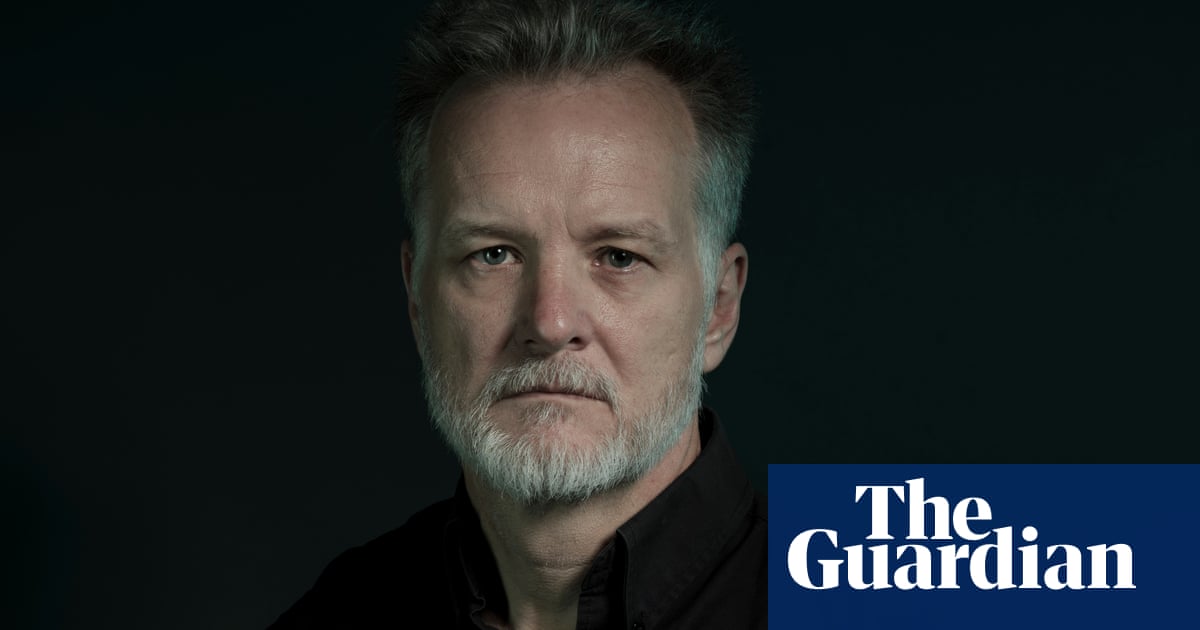The Ukrainian president, Volodymyr Zelenskyy, has laid out details of his âvictory planâ in a speech to parliament that acknowledged increasing pressure from allies to negotiate an end to the conflict.
An âunconditional inviteâ to join Nato is at the heart of the plan he had pitched in private meetings in Washington DC and on a tour of European capitals before unveiling it publicly in Kyiv on Wednesday.
âWe heard the word ânegotiationsâ from partners, and the word âjusticeâ much less often,â he admitted to lawmakers. His project was a response to that, he said, offering a chance of âdecent peaceâ for the country.
A commitment to allow Ukraine into Nato would show the Russian leader, Vladimir Putin, that his geopolitical plans were âheaded for defeatâ, Zelenskyy said.
Later on Wednesday, Zelenskiy spoke to Joe Biden, who announced a new $425m (£327m) military aid package, including air defence capability, air-to-ground munitions, armoured vehicles and critical munitions, the White House said in a statement.
Ukraineâs allies have been wary of the conflict expanding since Putin launched a full-scale invasion in February 2022 and began threatening to use nuclear weapons soon after.
The Nato chief, Mark Rutte, gave a muted response to Zelenskyyâs plans, saying that he and allies âtake noteâ of it.
âThe plan has many aspects and many political and military issues we really need to hammer out with the Ukrainians to understand what is behind it, to see what we can do, what we cannot do,â Rutte said.
Moscow rapidly denounced Zelenskyyâs proposal as an escalation. âHe is pushing Nato into direct conflict with our country,â the foreign ministry spokesperson, Maria Zakharova, told reporters.
Zelenskyy also ruled out conceding territory to Russia, although analysts have said allowing Moscow effective control of some territory seized over nearly three years of war would be needed to halt fighting.
Overall, the vision laid out by Zelenskyy was as much an attempt to shift the global narrative around Ukraineâs future prospects as a strategic military project.
As the full-scale war heads towards its fourth year, Russia has been throwing soldiers and weapons into a slow but consistent advance on the eastern front.
The crisis in the Middle East has diverted funds and diplomatic attention from Ukraine, and if Donald Trump wins the US presidential election next month then Zelenskyy could soon be making his case to a hostile administration in Washington.
after newsletter promotion
Zelenskyy described a Ukraine that could achieve a âjust peaceâ if allies gave it better defence capabilities and a strategic non-nuclear deterrent, and that could then reward those who stood by it with investment opportunities.
Key to Ukraineâs economic potential are strategic mineral deposits that he said were worth trillions of dollars, including uranium, titanium, lithium and graphite, and the countryâs rich soil, which produces a significant portion of the worldâs wheat.
These were âstrategically valuable resources and they will strengthen either Russia and its allies or Ukraine and the democratic worldâ, Zelenskyy said.
When the war with Russia ended, Ukraine would also have ranks of battle-hardened troops who could strengthen Nato forces in Europe and worldwide, he added.
Zelenskyy also argued that supporting Ukraine was as much self-defence as solidarity, describing a war that was already metastasising beyond Europe, with North Korean soldiers fighting alongside Russians troops for a state deploying Iranian weapons and cheered on by China.
âRussia and its allies want more wars. And thatâs a fact. They are learning, and the more time they have to learn ⦠the more the world will have to pay, unfortunately and inevitably, for the right to life, for the right to peace,â he said.
Artem Mazhulin contributed reporting
